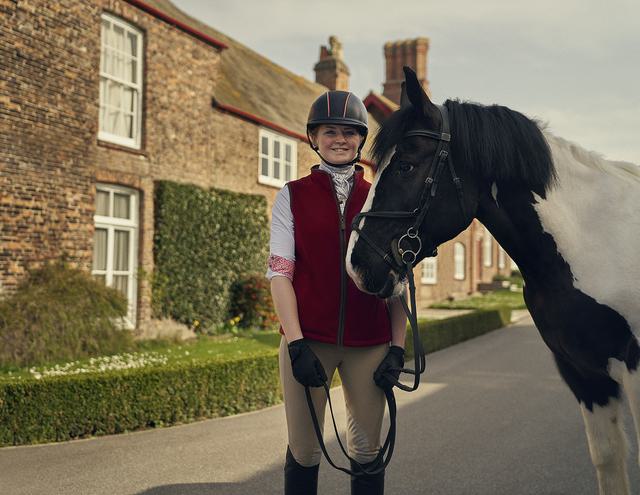Academic Scholars’ Educational Trip to York
Educational Visit
Published 26th May 2023

The students of the Queen’s Society went to York to visit the Yorkshire Museum and see the exciting new exhibition The Ryedale Hoard: A Roman Mystery. This collection features “Yorkshire’s most significant Roman objects including an 1,800-year-old bust of the Roman Emperor Marcus Aurelius” - “part of a collection of bronze objects found by metal detectorists James Spark and Mark Didlick in a field near Ampleforth in Ryedale, North Yorkshire, in May 2020.”
Here's a full write-up from Evie (LVI) and Lilly Rose (Year IV).
Academic Scholars’ Trip to York
On Wednesday, Mr Grant and Mrs Thomas took us (the Queen's Society) out into York for an educational trip.
After a brisk walk by the river, past a rather large duck who seemed to be enjoying the good weather, we entered the Museum Gardens. The Yorkshire Museum itself was beautiful. We specifically visited the Ryedale Hoard collection which features a 13-centimetre bust of the Roman Emperor Marcus Aurelius. Found in May 2020, the bronze bust itself is estimated to be about 1,800 years old.
Another piece from the Rydale Hoard exhibition that we were all fascinated by was a tiny replica sword. Made from a copper alloy, iron, and bone, the sword also features a tiny scabbard which was (at some point) removable.

Another exhibit we visited (although briefly as we were all quite excited to get some ice cream) was Yorkshire’s Jurassic World. The highlight of this was not even within the exhibition, but in the giftshop: a cuddly baby triceratops… yet to be named, but already greatly adored by the Queen’s Society

On our way to the York Cocoa House, we stopped for ice cream which sparked the highly controversial debate of cup or cone. Questions such as, “Which of the two is more eco-friendly?” and “Does having ice cream in a cone not limit the time you have to eat it ?” were discussed at great length before we went on our way.
The York Cocoa House is a fountain of knowledge we never knew we needed. The tour guide led us around the outside of the building, showing us through the windows the machinery used to roast the beans from the cocoa fruit which (for reference) can apparently grow up to three and a half apples long.
We also got the opportunity to participate in a chocolate-tasting session, where we were talked through how the flavour of chocolate can be changed, depending on where the chocolate is grown, the ratio of cocoa liquor to sugar, and the amount of cocoa fat used. We were also taught how to taste chocolate: smelling each piece properly and knowing what to look for in good quality chocolate.

Overall we had an amazing experience and it was one of our favourite trips this year. A big thank you to Mr Grant and Mrs Thomas for taking us, and to the rest of the Queen’s Society for being such great company.
Evie & Lilly Rose





